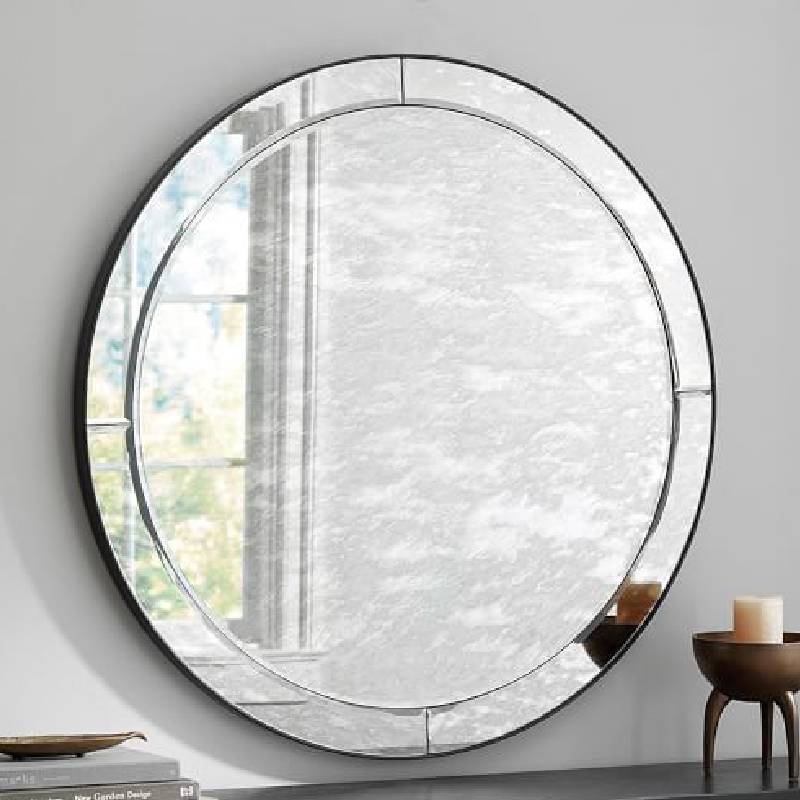

Understanding Float Glass A Comprehensive Overview
Float glass, a remarkable innovation in the field of glass manufacturing, plays a pivotal role in various industries, including construction, automotive, and design. Its production process and unique properties distinguish it from other types of glass, making it a preferred choice for windows, facades, and countless other applications. In this article, we delve into what float glass is, how it’s made, its advantages, and its applications.
What is Float Glass?
Float glass is a type of flat glass that is produced using a specific method known as the float process, which was developed in the 1950s by Sir Alastair Pilkington. The name float glass derives from the technique used in its production, which involves floating molten glass on top of molten tin. This process results in a glass sheet that is smooth and flat, with a uniform thickness, making it ideal for various uses.
The Float Glass Manufacturing Process
The float glass manufacturing process involves several key steps
1. Raw Material Preparation The primary ingredients for float glass include silica sand, soda ash, and limestone. These materials are meticulously mixed and heated to create molten glass.
2. Melting The mixture is heated in a furnace to a temperature of around 1,700 degrees Celsius (3,092 degrees Fahrenheit) until it transforms into a molten glass state.
3. Floating The molten glass is then poured onto a bath of molten tin. Because glass is less dense than tin, it floats on the surface, forming a continuous flat sheet. This step is crucial as it ensures that the glass has a perfectly smooth and even surface.
4. Annealing After the glass has been floated and takes shape, it is gradually cooled in an annealing lehr. This slow cooling process relieves internal stresses in the glass, preventing it from breaking or warping.
5. Cutting and Finishing Once cooled, the float glass is cut into desired sizes and can be treated for additional properties, such as tempering or coating to enhance durability and energy efficiency.
Advantages of Float Glass
Float glass offers several advantages that make it a popular choice among manufacturers and consumers alike

- Optical Clarity Float glass is known for its excellent optical clarity and transparency, making it ideal for applications requiring unobstructed views.
- Uniform Thickness The manufacturing process guarantees a consistent thickness, allowing for precise measurements and applications.
- Versatility Float glass can be easily processed further into various forms, such as laminated glass, tempered glass, or insulated glass units, broadening its scope of use.
- Reflective and Energy-Efficient Options Float glass can also be treated with coatings that enhance its energy efficiency by reflecting heat and UV rays, making it suitable for energy-efficient building designs.
Applications of Float Glass
Float glass is widely used in various sectors
1. Architecture and Construction It is extensively used in windows, glass facades, and doors due to its aesthetic appeal and thermal performance.
2. Automotive Float glass is used in car windows and windshields, providing clarity and safety.
3. Furniture and Design From tabletops to decorative displays, float glass offers an elegant touch to modern furniture and interior design.
4. Electronics In the technology sector, flat panel displays and touch screens often utilize specialized float glass for its clarity and durability.
5. Mirrors Float glass can be coated and polished to create high-quality mirrors, widely used in homes and businesses.
Conclusion
Float glass is a fundamental material in the modern world, offering versatility and superior qualities for various applications. Its unique manufacturing process not only contributes to its remarkable properties but also sets it apart from other types of glass. As industries continue to evolve, the demand for float glass is likely to grow, playing an essential role in sustainable architecture and innovative design solutions. Understanding the significance of float glass allows us to appreciate its role in shaping our built environment and daily lives.